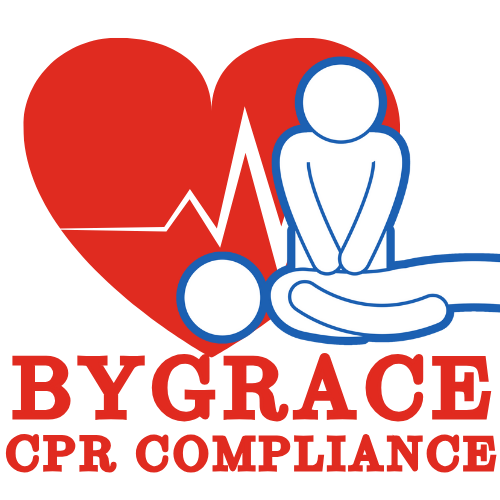
It’s important to understand that each person with epilepsy is different. There are many different types of epilepsy, and each person’s experience with the condition will be unique. For example, some people have many seizures each day, while others may only have one or two per year. Some people may be able to control their seizures with medication, while others may need to use other treatments, like surgery or a special diet.
Different Types of Seizures:
The three main types are focal seizures, generalized seizures, and absence seizures.
- Focal seizures start in one part of the brain and can involve just one side of the body. There are two main types of focal seizures: simple focal seizures and complex focal seizures. Simple focal seizures cause a change in one sense, like vision or hearing, or one part of the body, like an arm or leg. They usually only last for a few seconds. Complex focal seizures cause a major change in consciousness or a change in emotion, behavior, or memory. They may also cause confusion, fear, and loss of consciousness. A
- Generalized seizures start on both sides of the brain and can cause a loss of consciousness. The two main types are tonic-clonic seizures and absence seizures. Tonic-clonic seizures, sometimes called grand mal seizures, cause violent shaking and stiffness throughout the body. They typically last for a few minutes and can be followed by a period of confusion and sleepiness. Absence seizures, sometimes called petit mal seizures, cause a brief loss of awareness. They often begin and end suddenly, without any warning signs.
- Absence seizures cause a brief loss of awareness, often with staring and blinking. Absence seizures, also called petit mal seizures, cause a brief loss of awareness. A person having an absence seizure may stare into space, blink rapidly, or make chewing or lip-smacking movements. These seizures usually only last for a few seconds and the person will typically return to normal right after. Sometimes, the person may not even be aware that a seizure has occurred. These seizures are most common in children, but they can also occur in adults.
Treatments of Epilepsy
The main treatment for seizures is medication. There are many different types of seizure medications available, and the right medication for a person will depend on the type of seizures they have and how severe they are. In addition to medication, there are other treatments that may be used for some types of seizures. These include surgery, vagus nerve stimulation, and the ketogenic diet.
Side Effects of of Seisure Medications
One important thing to know about seizure medications is that they can have side effects. The most common side effects include drowsiness, dizziness, and problems with balance and coordination. Some people may also experience weight gain, changes in mood, or problems with memory and concentration. It’s important to talk to your doctor about any side effects you experience. They may be able to adjust your medication or recommend other treatments.
Some people may experience problems with balance and coordination. This can be especially true for children who are taking seizure medications. Other side effects include fatigue, nausea, headaches, and problems with thinking, memory, and concentration. Some people may also have more serious side effects, like skin rashes, trouble breathing, and vision problems.
Risk of Seizures
- One of the main risks is that a person can be injured during a seizure. This is especially true for people who have tonic-clonic seizures, as they may fall or hit their head during the seizure. In addition, *
- Some people may develop a condition called status epilepticus, which is when a seizure lasts for a long time or when seizures occur close together. This can be life-threatening, so it’s important to seek medical help if it occurs.
One long-term effect of seizures is that they can lead to cognitive decline. This is especially true for people who have frequent seizures, as they may have problems with learning and memory. In addition, some people may experience social and emotional effects from having seizures, such as anxiety, depression, and social isolation. Some people may also experience physical effects, such as muscle weakness, fatigue, and changes in their gait.
How to Care for People with Epilepsy.
Caregivers of people with epilepsy can do a lot to help them manage their condition. First,
- They can make sure that the person is taking their medication as prescribed. In addition, they can help the person to avoid triggers that can cause seizures, such as stress and lack of sleep.
- They can also help the person to stay safe during seizures, by making sure that they are in a safe place and by knowing how to perform first aid if necessary. Finally,
- They can provide emotional support and understanding to the person with epilepsy.
- One important thing is to create a safe environment for the person with epilepsy. This means removing potential hazards, such as sharp objects and trip hazards.
- Caregivers should also make sure that the person with epilepsy has access to emergency services, such as 911.
- They can also create a seizure plan, which outlines what to do in case of a seizure.
Key Takeaways
Of course! Here are some key takeaways from our discussion:-
- Seizures are caused by abnormal electrical activity in the brain.
- There are many different types of seizures.-
- Seizures can have both short-term and long-term effects.
- Caregivers can play a key role in helping people with epilepsy to manage their condition.
- Creating a safe environment is key for people with epilepsy.
Bottom Line
Seizures are a complex and varied neurological condition. They can have a wide range of effects, both short-term and long-term. While they can be difficult to deal with, there are many things that people with epilepsy and their caregivers can do to manage the condition and improve the quality of life. Do you feel like you understand more about epilepsy now?

0 Comments